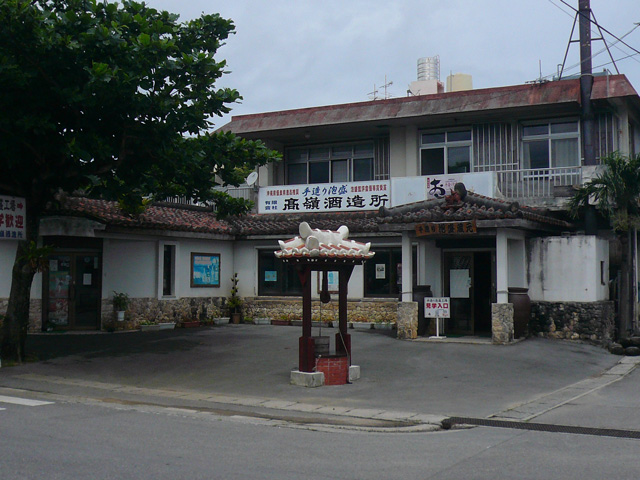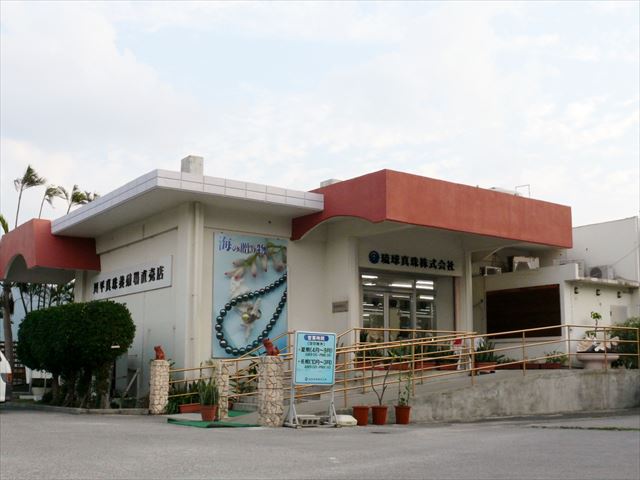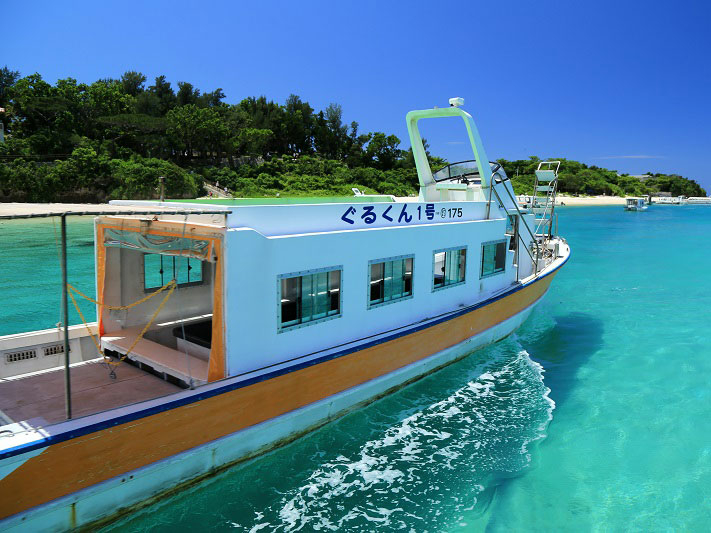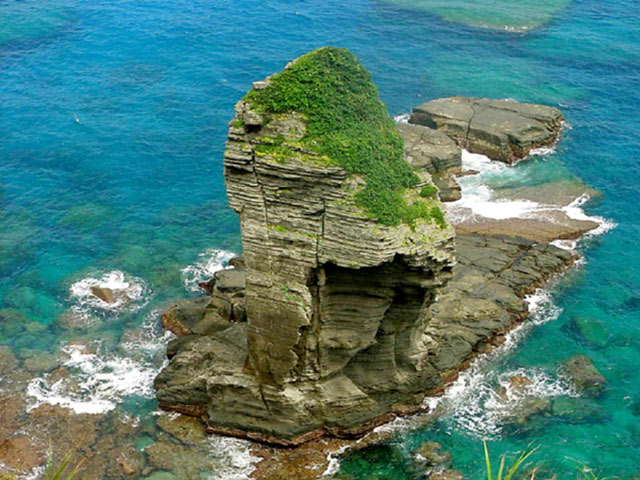
高嶺酒造所
川平公園に隣接して立つ琉球泡盛の酒造所。米こうじと水を原料に昔ながらの製法でつくる泡盛の製造工程が、ガラス越しに見学できる。販売もしていて、代表銘柄の「於茂登」は600ミリリットル850円。
Info
Business Hours
Spot Category

The information provided reflects the details available at the time of the survey.
Please note that facility details may change due to the facility’s circumstances, so please check for the latest information before visiting.
This content has been translated using machine translation.
Information provided by: JTB Publishing
The content uses an automatic translation service, which is not always accurate.
The translated content may be different from the original meaning, so please understand and use it.

川平公園に隣接して立つ琉球泡盛の酒造所。米こうじと水を原料に昔ながらの製法でつくる泡盛の製造工程が、ガラス越しに見学できる。販売もしていて、代表銘柄の「於茂登」は600ミリリットル850円。

黒蝶貝が住むサンゴ礁に恵まれた川平湾は真珠養殖に適した場所。国の名勝地にも指定されている。15種類にも分類することができるという独特の色とテリと輝きを帯びる黒蝶真珠は「幻の真珠」と呼ばれ、貴重なもの。ゴールドパールを含む白蝶真珠と共に、国内外多くの人に人気がある。旅の思い出に、真珠の輝きで彩りを添えてみては。オーシャンビューの「R’s cafe」併設。軽食やスウィーツで休憩できる。

年間運航の「川平湾グラスボート遊覧」(大人1200円:所要30分)は、小さな子供から年配の方まで、誰でも気軽に参加できる。ミシュラン三ツ星の川平湾は、眺める景色だけでなく、海の中にもきれいな世界が広がっていて、石垣島初心者にはオススメ。「ぐるくんオリジナルポイント」では、大きなシャコ貝やかわいいカクレクマノミに会えるのも楽しみの一つ。夏期限定「川平湾プレミアムクルージング」(大人3600円:所要90分)では、沖合を大型クラスボートでクルージングしながらマンタを探す。ダイビングやシュノーケルが出来なくても野生の「マンタ」に出会えるチャンスかも。その他カヌーレンタルや無人島渡しなど、一日中川平湾を満喫しよう。

Among the islands of Yonaguni, which are surrounded by sheer cliffs, the east-south is the area with the most severe and masculine landscapes. It is dotted with strange rocks that have been created over time due to the rough open sea. Close to Higashizaki, there is the Sannine stand, which shows the fault, which is divided into several layers, as a rock face. From the observation deck, the warship rock, which looks like a warship as its name suggests, is still washed by the waves. About a five-minute walk from Saint-Ninudai, there is a standing rock with a legend that a young man who could no longer descend from the top of the rock was helped by God.

A waterfall with a height of about 20m appears when you drive about 5 minutes into the mountains from the National Highway No. 58 Ikuta intersection.

It is a royal farm house built about 280 years ago, and has been spared the war disaster of the Okinawa War to completely leave the private house structure of the Ryukyu Dynasty period. Since he was a local head of state around the year of Kyoho 10 (1720), he also has a stately status as a form of a shabby house. Other features include kitchens with low roofs to use the attic called tungwa for storage, and pig huts called fools. The influence of medieval Japanese houses and Chinese architecture can be seen everywhere, telling the life of a wealthy farmer in the Ryukyu period.
This website uses cookies so that we can provide you with the best user experience possible. Cookie information is stored in your browser and performs functions such as recognising you when you return to our website and helping our team to understand which sections of the website you find most interesting and useful.
Strictly Necessary Cookie should be enabled at all times so that we can save your preferences for cookie settings.
If you disable this cookie, we will not be able to save your preferences. This means that every time you visit this website you will need to enable or disable cookies again.
